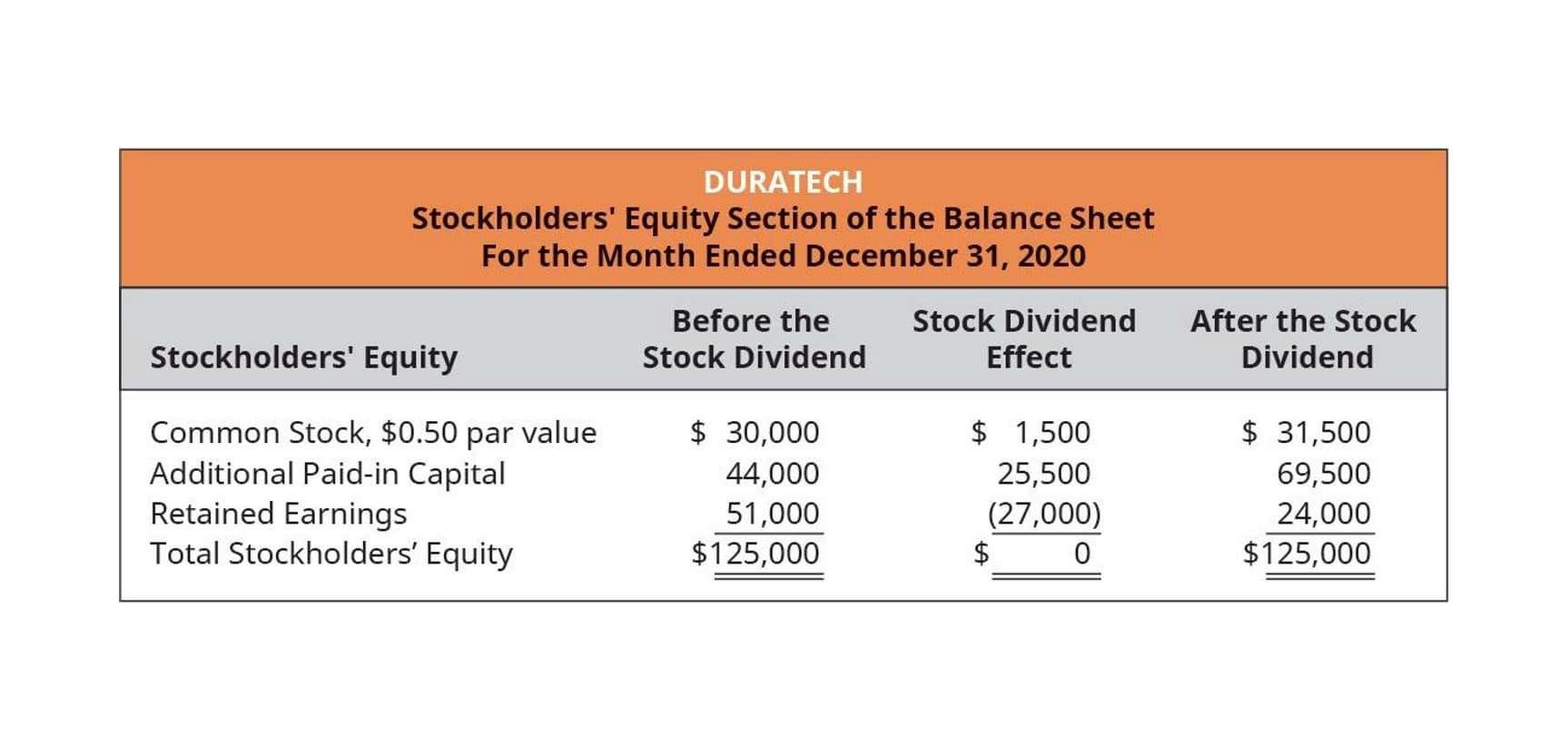
A single step income statement lists line items for revenues and costs and expenses with no subtotals, reaching a total for net income (loss) as the bottom line. To start the total cost of goods sold is deducted from the net sales to achieve the gross profit. This gross profit margin shows how profitable a business is, and is an invaluable amount for potential investors and management to review. Next, all operating expenses including any administrative and selling expenses are totaled to achieve the total operating expenses. The multi step income statement total operating expenses are then subtracted from the gross profit to find the total operating income.
- Service businesses that have multiple offerings or diverse revenue streams can use the multi-step format to break down their earnings from core services versus secondary or ancillary services.
- This could include more granular reporting on sustainability and social responsibility initiatives, aligning financial performance with broader environmental, social, and governance (ESG) criteria.
- Including examples of multi-step income statements in the appendix can greatly aid readers in understanding the theoretical concepts discussed in the article.
- An example of a single step income statement is Dana Incorporated’s Consolidated Statement of Operations for the calendar years ended December 31, 2021, 2020, and 2019.
- In the end, the main purpose of all profit and loss statements is to communicate the profitability and business activities of the company with end users.
Multi-Step Income Statement Format Example

An income statement is an essential financial document a company prepares to describe its business activities over a Online Bookkeeping given reporting period. This financial summary of a company’s revenue, expenses, and earnings is typically presented as part of a package that also includes a company’s balance sheet and cash flow statement. The multi-step income statement categorizes operating and non-operating incomes and expenses. The users will know the profit earned from the primary activities of buying and selling goods and how it differs from the non-operating activities.
What is the Role of Inventory Valuation Methods in Preparing COGS?

Choosing the appropriate income statement format is crucial for accurate financial analysis and reporting. The decision should align with the company’s size, the complexity of its operations, industry standards, balance sheet and stakeholder needs. The right format not only enhances the clarity and effectiveness of financial reporting but also supports strategic business planning and decision-making processes. Gross profit reflects the amount of revenue remaining after covering the direct costs of producing the goods or services sold. It serves as an indicator of the company’s production efficiency and its ability to manage the costs related to its core operations.
Key Components of a Multi-Step Income Statement
The multi-step income statement is interconnected with the other major financial statements. Net income from the income statement flows into the retained earnings section of the balance sheet. The cash flow statement reconciles net income to actual cash flows, taking into account non-cash expenses like depreciation and changes in working capital. Unusual gains and losses (e.g., from a natural disaster or a one-time asset sale) should be presented separately within the “Other Revenues and Expenses” section, often after operating income but before income tax. This ensures they don’t distort the assessment of the company’s core operating performance. The income statement, also known as the profit and loss statement, is a crucial financial document that showcases a company’s profitability over a specific period.
- Because of this greater detail, the multi-step income statement is often used for financial ratio analysis.
- After calculating the income tax expense, the next step is to deduct it from the total income before taxes to arrive at the net income.
- You should add the interest income and non-operating gain and subtract the interest expense and income tax expense from operating profit.
- Manufacturers incur a variety of production costs, from raw materials to labor.
- Investors use it to evaluate the company’s profitability potential and financial health, which are critical in making investment decisions.
- By generating income statements and other financial reports on a regular basis, you can analyze the statements over time to see whether your business is turning a profit.
Include any non-operating income (e.g., interest income, gains from investments) and expenses (e.g., interest expenses, losses from investments) separately in the income statement. Single step statements are suitable for smaller businesses with uncomplicated financial structures. They’re also often used for internal reporting, where a basic overview of financial performance is enough.
- The multi-step income statement calculates gross profit, operating profit, and net income.
- Fill in the name of your company, title the document and store it in a folder that is easy to remember and access so you can quickly refrence and update your multi-step income statement.
- The multi-step income statement details the gains or losses of a business, in a specific reporting period.
- Inventory valuation methods (FIFO, LIFO, Weighted Average) directly impact COGS.
- All revenues and gains are totaled at the top of the statement; all expenses and losses are totaled at the bottom of the statement.
